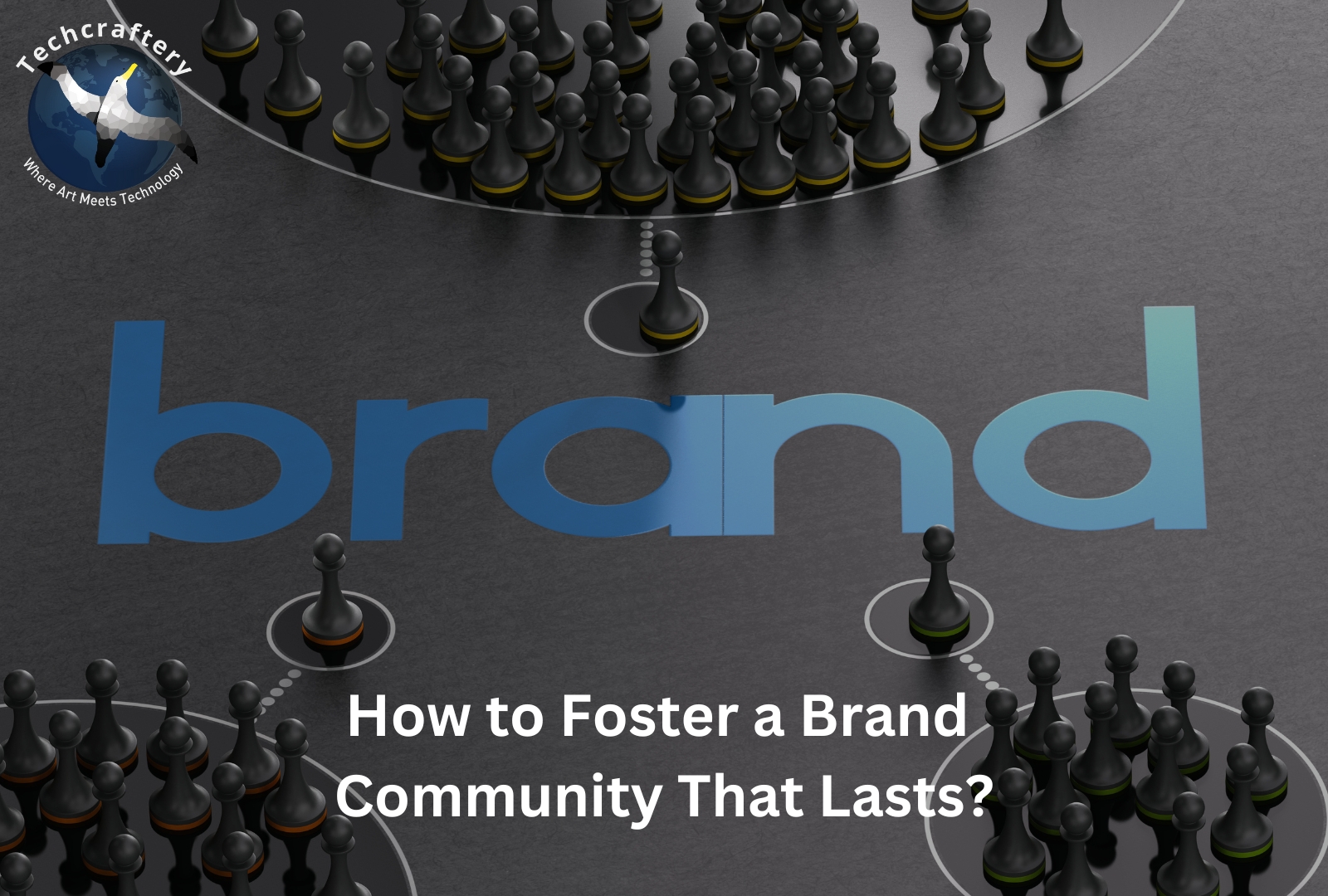Creating a strong brand community is essential for long-term success in today’s competitive market. A vibrant community not only boosts customer loyalty but also enhances brand visibility and credibility. This article will explore effective strategies to foster a lasting brand community, from understanding its importance to practical steps for engagement.
Understanding Brand Community
What is a Brand Community?
A brand community is a group of customers who share a common interest in a brand and engage with each other around it. This community can take place both online and offline, providing a platform for customers to connect, share experiences, and advocate for the brand.
Why is a Brand Community Important?
- Increased Customer Loyalty: A strong community encourages customers to develop emotional ties to the brand.
- Word-of-Mouth Marketing: Happy community members often share their experiences, leading to organic marketing.
- Feedback Loop: Communities provide valuable insights that help brands improve products and services.
- Competitive Advantage: A loyal community can act as a barrier to entry for competitors.
Strategies to Foster a Lasting Brand Community
1. Define Your Brand’s Mission and Values
A. Clear Purpose
Start by defining your brand’s mission and values. A clear purpose will attract like-minded individuals who resonate with your brand. For example, a sustainable clothing brand may focus on eco-friendliness, appealing to environmentally conscious consumers.
B. Consistent Messaging
Ensure that all communications reflect your mission and values. Consistent messaging helps build trust and reinforces the community’s shared beliefs.
2. Create an Engaging Online Platform
A. Choose the Right Platform
Select a platform where your target audience is most active. This could be social media (like Facebook or Instagram), forums, or even a dedicated community app.
B. Foster Interaction
Encourage members to engage with each other by posting questions, sharing stories, or participating in discussions. Create polls, contests, or challenges to spark interest.
3. Encourage User-Generated Content
A. Showcase Customer Stories
Encourage your community members to share their experiences with your products. Highlighting customer stories on your website or social media can foster a sense of belonging and validation.
B. Create a Hashtag
Develop a unique hashtag that community members can use when sharing their content. This makes it easy for others to find and engage with community posts.
4. Host Events and Webinars
A. In-Person Events
Organize events where community members can meet, share ideas, and engage with your brand. This could be product launches, workshops, or casual meet-ups.
B. Online Webinars
For a broader reach, host webinars on topics relevant to your community. This provides educational value and positions your brand as an authority in your industry.
5. Provide Value Beyond Products
A. Educational Content
Offer valuable content that aligns with your community’s interests. Blog posts, videos, tutorials, and guides can help establish your brand as a trusted resource.
B. Exclusive Access
Provide community members with exclusive access to new products, events, or promotions. This not only rewards loyalty but also makes members feel special.
6. Recognize and Celebrate Community Members
A. Customer Spotlights
Feature loyal community members on your social media or website. Sharing their stories not only makes them feel valued but also encourages others to engage more.
B. Reward Programs
Implement a rewards program that recognizes active members. This could include discounts, early access to products, or other incentives.
7. Foster Open Communication
A. Feedback Mechanism
Encourage community members to provide feedback on products and experiences. Use surveys, polls, or direct messages to gather insights.
B. Act on Feedback
Show that you value your community’s input by making changes based on their suggestions. This demonstrates that you’re listening and care about their opinions.
8. Build Trust and Transparency
A. Be Authentic
Authenticity is key to building trust. Be open about your brand’s journey, challenges, and successes. Share behind-the-scenes content to create a more personal connection.
B. Address Concerns Promptly
If issues arise within the community, address them promptly and transparently. This shows that you prioritize the well-being of your members.
Measuring the Success of Your Brand Community
1. Engagement Metrics
Track engagement levels, such as likes, shares, comments, and post interactions. High engagement indicates a thriving community.
2. Community Growth
Monitor the growth of your community over time. An increasing number of members suggests that your efforts to foster community are paying off.
3. Customer Retention Rates
Analyze customer retention rates within the community. Higher retention often correlates with strong community involvement.
4. Net Promoter Score (NPS)
Use NPS surveys to measure customer loyalty. A higher NPS indicates that community members are more likely to recommend your brand.
Real-World Examples of Successful Brand Communities
1. Nike
Nike has cultivated a strong community through its “Nike+” platform, where athletes can connect, share achievements, and motivate each other. Their commitment to fitness and sports creates a sense of belonging.
2. Apple
Apple’s user community is renowned for its loyalty. Events like the Worldwide Developers Conference (WWDC) bring together users, creating a shared experience and deepening their connection to the brand.
3. LEGO
LEGO has successfully built a community around creativity and play. Through events, online forums, and social media engagement, LEGO fans connect and share their creations, fostering a strong brand loyalty.





